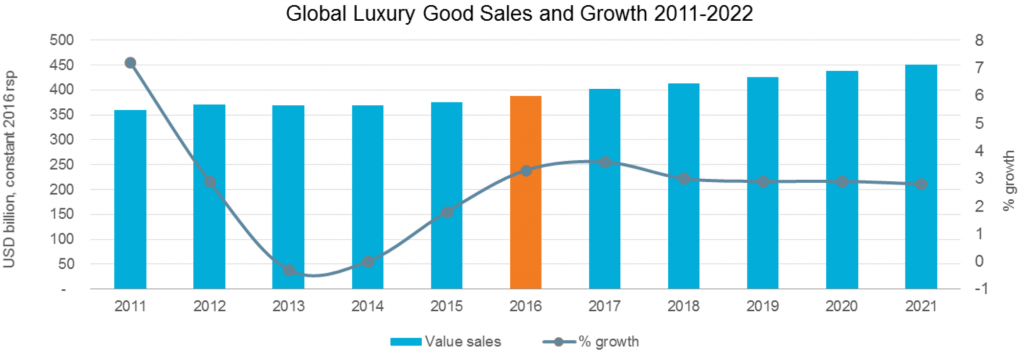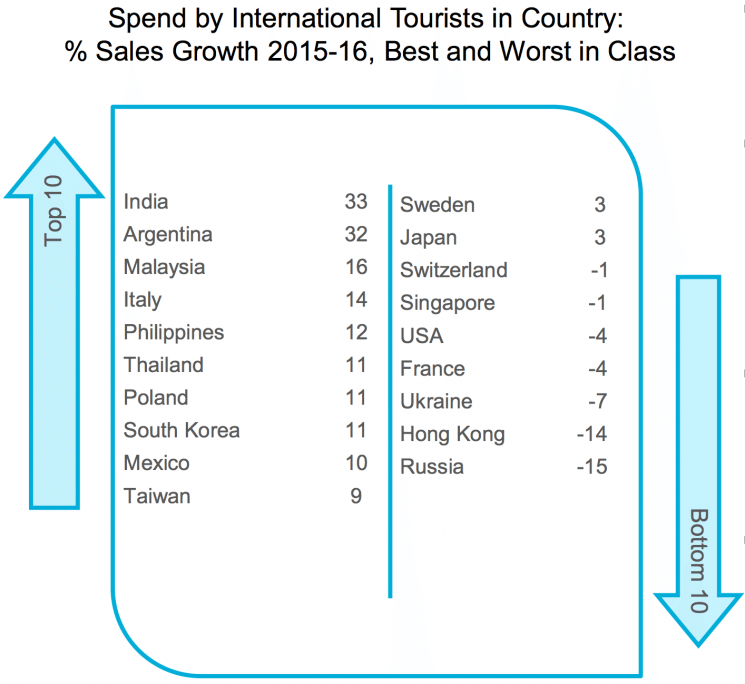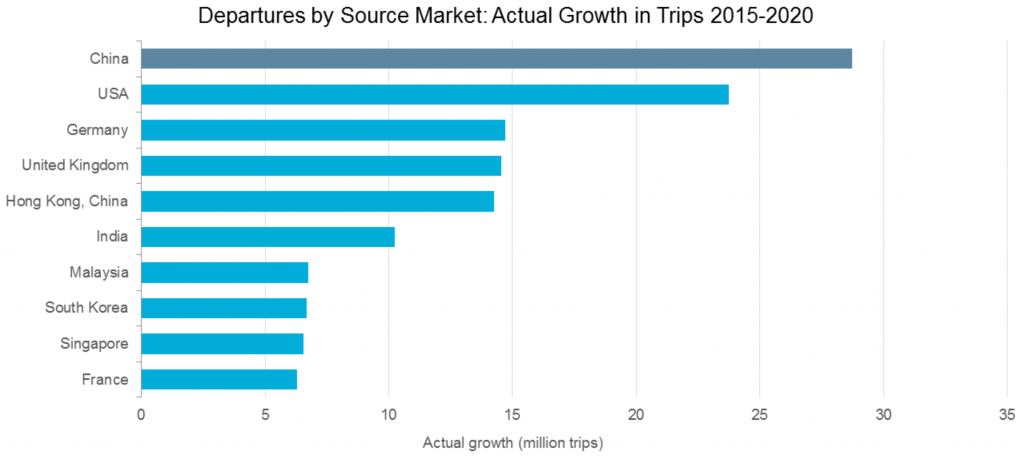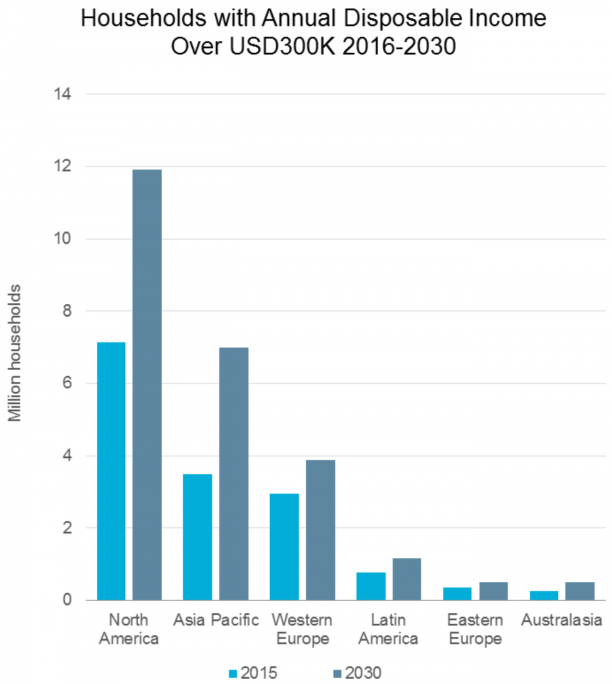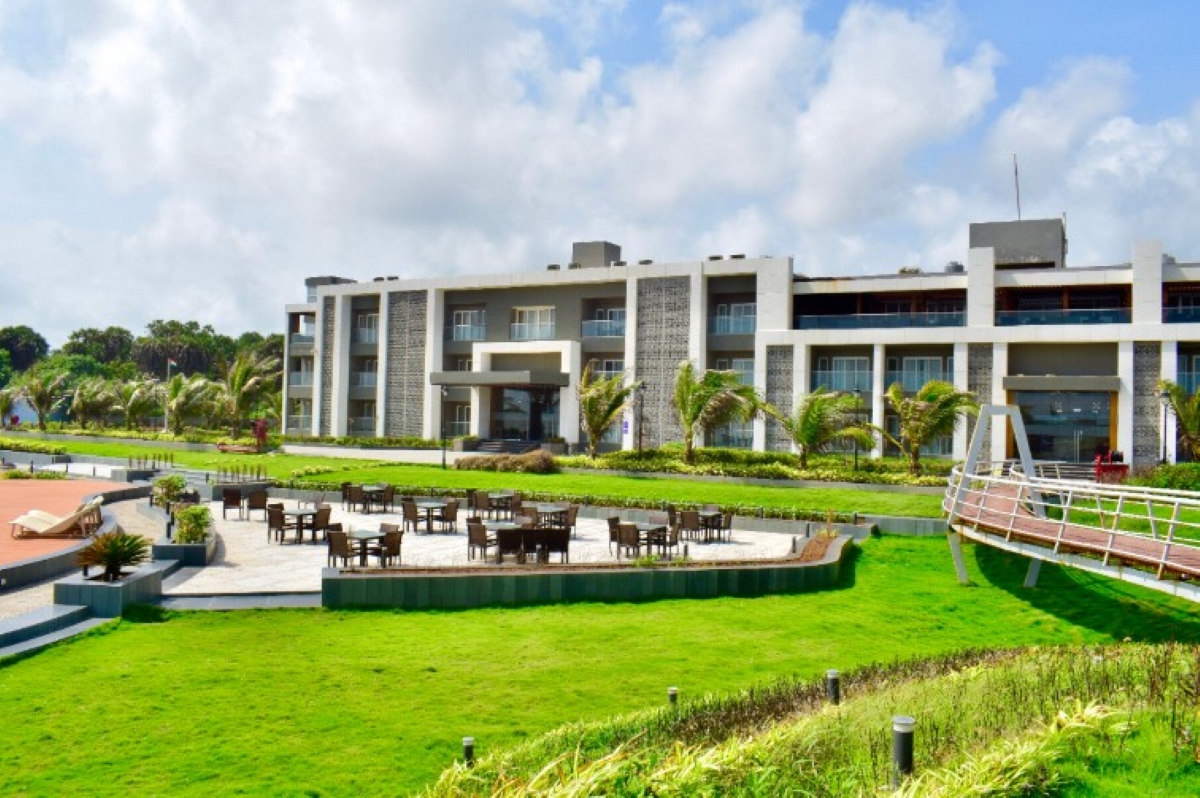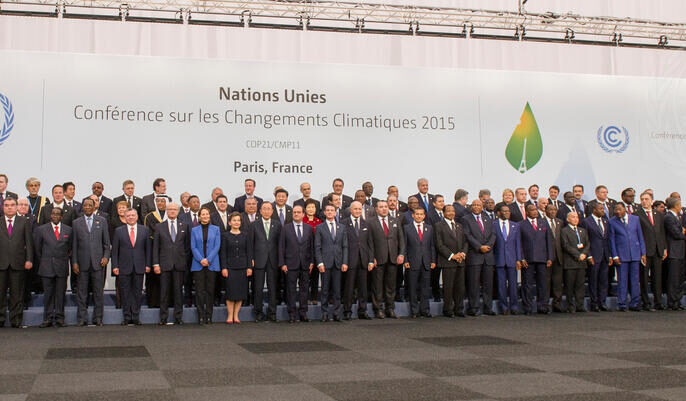Luxury Travel Spending From Emerging Markets Will Slow in Coming Years
Skift Take
 The Skift New Luxury Newsletter is our weekly newsletter focused on the business of selling luxury travel, the people and companies creating and selling experiences, emerging trends, and the changing consumer habits around the sector.
The Skift New Luxury Newsletter is our weekly newsletter focused on the business of selling luxury travel, the people and companies creating and selling experiences, emerging trends, and the changing consumer habits around the sector.
In addition to providing this weekly digest with stories that are relevant to the sector, Skift is expanding its coverage of the sector with stories like you find below.
[signupform id="91580e75-6c0e-4e11-8df7-7f1dd2376b1f" text="Interested in more stories like this? Subscribe to Skift's New Luxury Newsletter to stay up-to-date on the business of modern luxury travel." class="purple"]
The luxury sector is largely depending on the growth of emerging nations’ middle classes to drive future sales, but a combination of socio-economic factors is expected to slow growth in terms of outbound travel and luxury spend.
Sales of luxury goods worldwide grew three percent in 2016 to $390 billion, according to new research from Euromonitor International.
However, research suggests that the growth will plateau and even decline in the next five years due to tough global trading environments, political unrest in Eastern Europe and Asia Pacific, and the economic slowdown in Latin America.
Also concerning for the luxury sector is the expected drop in international luxury spend in traditional shopping destinations.
International tourist spend decreased four percent in France and the United States and as much as 14 percent in Hong Kong between 2015 and 2016, according to Euromonitor.
Outbound travel from China -- always a bright spot for the luxury sector's forecast -- is expected to remain strong with the largest increase, approximately 29 million in international tourist departures, between 2015 and 2020.
Outbound travel from other promising source markets, such as Russia and Brazil, may disappoint with minimal growth expected due to domestic tourism revival as well as economic slowdown.
Despite these challenges, the research shows that the number of affluent households is expected to grow from 2016 to 2030 worldwide.
Although North America has the most affluent households, defined as those with a disposable income of more than $300,000, the greatest potential for the luxury sector remains in the increasing number of households with disposable incomes in developing countries.
China is the fastest growing market and expected to account for 15 percent of affluent households by 2030.
The report notes the challenges facing luxury retailers today is different from those of the global financial crisis. Geopolitical tensions are playing a larger role than strictly financial constraints, which suggests discounts and affordable luxury products will dilute rather than strengthen luxury brands.
Luxury retailers should instead becoming more creative, in terms of quality and customization, to obtain new customers and engender loyalty.
Sign up for Skift's New Luxury Newsletter
